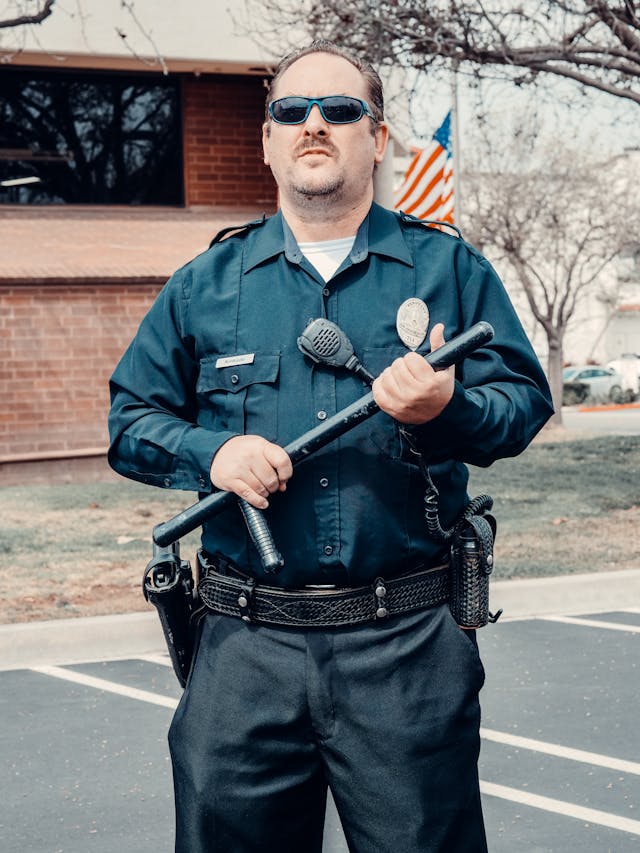Police batons have long been a symbol of authority and a vital tool in maintaining public order. In situations of crowd control, they serve as a non-lethal means to manage large groups, disperse unruly crowds, and protect both officers and civilians. Their design and functionality have evolved over time, making them an essential part of law enforcement equipment. Understanding the role of police batons in crowd control can shed light on their importance and effectiveness in maintaining safety during public events or protests.

One of the primary functions of a police baton in crowd control is to create a physical barrier between officers and the crowd. By extending their reach, batons allow officers to maintain a safe distance while still exerting control over the situation. This is particularly important in volatile environments where tensions are high, and the risk of escalation is significant. The mere presence of batons can act as a deterrent, discouraging individuals from engaging in violent or disruptive behavior.
Another critical role of police batons is their use in de-escalation. When used correctly, batons can help disperse crowds without causing significant harm. Officers are trained to use batons in a controlled manner, targeting non-lethal areas of the body to minimize injury. This approach emphasizes the importance of restraint and precision, ensuring that force is used only when necessary and in proportion to the threat.
For law enforcement agencies seeking reliable and high-quality batons, Dekkade offers a range of options designed for both durability and effectiveness. Their batons are crafted from robust materials, ensuring they can withstand the rigors of crowd control while providing officers with the tools they need to maintain order. By equipping officers with dependable equipment, agencies can enhance their ability to manage challenging situations safely and efficiently.
The design of modern police batons has also evolved to improve their functionality in crowd control. Many batons now feature ergonomic grips, lightweight materials, and collapsible designs for easier carrying and deployment. These innovations make it easier for officers to use batons effectively while reducing fatigue during prolonged use. Additionally, some batons are equipped with features like built-in flashlights or extendable sections, further enhancing their versatility in the field.
Training is a crucial aspect of using police batons effectively in crowd control. Officers undergo rigorous training to learn proper techniques for handling batons, including striking, blocking, and controlling movements. This training emphasizes the importance of minimizing harm while maintaining control, ensuring that batons are used responsibly and ethically. Regular practice and scenario-based drills help officers develop the skills and confidence needed to handle real-life situations.
Despite their effectiveness, police batons are not without controversy. Critics argue that their use can lead to excessive force or abuse, particularly in situations where tensions are high. To address these concerns, many law enforcement agencies have implemented strict guidelines and accountability measures to ensure batons are used appropriately. Transparency and community engagement are key to building trust and ensuring that batons are seen as tools for protection rather than intimidation.
In conclusion, police batons play a vital role in crowd control, providing officers with a non-lethal means to maintain order and protect public safety. Their design, functionality, and proper use are essential to ensuring they are effective while minimizing harm. By equipping officers with high-quality batons and providing comprehensive training, law enforcement agencies can enhance their ability to manage challenging situations responsibly and effectively.